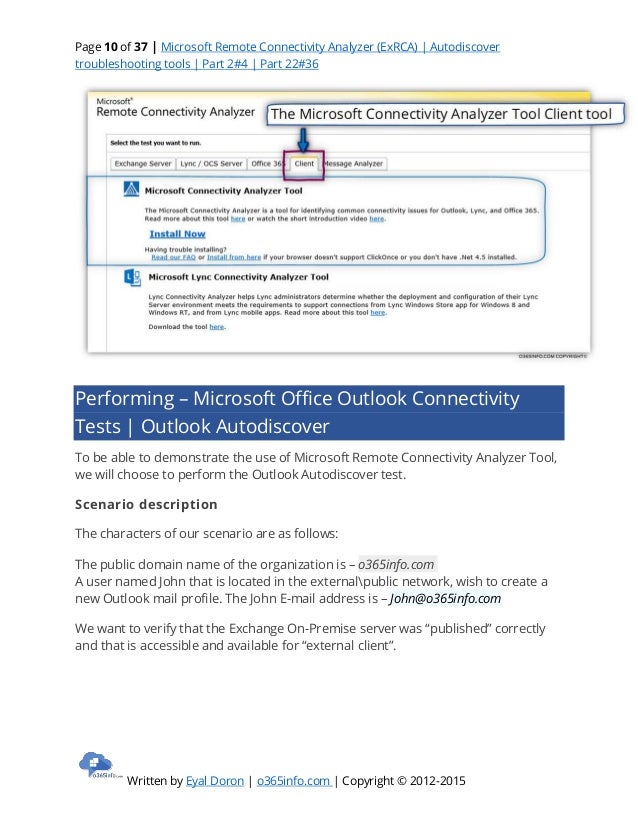The Forgotten (or Lost) Microsoft Tools for Office 365 Connectivity Troubleshooting. Microsoft used to provide more tools for troubleshooting connectivity and Office 365. But some are difficult to find or have been deprecated (no longer supported or maintained). We’ll briefly discuss them here for posterity and provide links where we can.
If you would like to use our 4Story hack, just simply click the ‘Start Hack’ button below. Now simply enter your 4Story username and input the quantity of resources that you require.DisclaimerThis 4Story hack tool is for educational purposes only. You will be taken to a new page on our website and we strongly recommend you to read all the information on that page before using. 4story global download. In no way do we condone hacking or cheating.
- Use the Office 365 network performance tool to determine location of your in-use Office 365 service front door and optimal service front door. If the tool determines your in-use front door is optimal, then you are optimally connecting into Microsoft's global network.
- The tool has two components: a browser-based UI that collects basic connectivity information, and a downloadable Windows 10 application that runs advanced tests and returns additional assessment data.

Hi all,
If it doesn't, double-click the.dmg file to mount itand start the install process. Microsoft equation 3.0 windows 10. Usually, Mac OS X will automatically mount thisfile.
I was looking for a tool or a script that would help me to test the Exchange Autodiscover process a bit like the Microsoft Remote Connectivity Analyzer would do, but standalone and more dedicated to Exchange or O365 (Exchange Online) Autodiscover process. And I found this very practical, simple to use, useful Autodiscover test tool that Mr Kip Ng created for us, thanks Kip ! (Disclaimer: Kip is now my manager, but it's not the reason I'm buttering him up or backslapping: I'm just mentionning his work on this tool because it helped me more than once. However, I also have to mention that he's a handsome guy and a great manager :-p )
As a reminder, Autodiscover process is the very first step that E-mail clients like Outlook perform when a user first launch it and/or tries to connect to his mailbox for the first time. See more information about Autodiscover here. The process has not changed much since Exchange 2007..
This Autodiscover test tool works very well for Exchange 2010, 2013, 2016, as well as Exchange Online (O365) !
I won't write a lot about this tool as Mr. Kip Ng already describes it well on his blog post, but basically it will use the same process that Outlook (2010 -> 2016) is using to find a user's mailbox connection settings, querying Autodiscover just like an Outlook client would do, and showing the results (the discovered URLs for OWA, ECP, EWS, UM, ..) on the command line window.
Here are the links on both his blog post and a direct download link for convenience:
- Kip Ng's blog post about Autodiscover and the tool he created (even if it's for Exchange Hosted, it works for all mailboxes hosted on Exchange 2010-> 2016 onprem, as well as mailboxes hosted on Exchange Online in O365)
Here's an execution sample on my E2010 environment
Note: I tested on Exchange 2016 as well as on my corporate Exchange Online mailbox -> all work good
While I can’t say I have to do it all that often, there are occasional times when I need to test connectivity from a machine back to SQL. The question then comes up, how to easily get that done? Installing SQL tools is the most obvious, but not always handy and I really don’t want to be installing SQL tools on every machine I do this from. The easy answer is to use a UDL file.
How do I use a UDL file?
While you can use a UDL file to test various connectivity scenarios, as an System Center Configuration Manager admin I’m mostly concerned with connections back to the SQL database so I set it up on the provider tab to use the “Microsoft OLE DB Provider for SQL.”

The next step is to fill out the necessary information on the connection tab.
Test the connection, and troubleshoot as necessary if it fails to connect.
I’m sure you can do all kinds of fancy other things with the tool. heck, we only used two of the four tabs, but I’m an SCCM guy and not a SQL guru so I leave that for other folks to blog about.
Where do I get this cool UDL file?
I saved the best for last. This cool tool… you already have it. It is part of every windows OS that I have used. Create a simple text file, rename the extension from TXT to UDL, and TADA… you got yourself a handy utility. Delete the file when you are done to clean-up after yourself.
Microsoft Remote Connectivity Tool
Credit goes to Faruk Celik for clueing me into this from his blog post: http://blogs.msdn.com/b/farukcelik/archive/2007/12/31/basics-first-udl-test.aspx https://reclonbude.tistory.com/4.